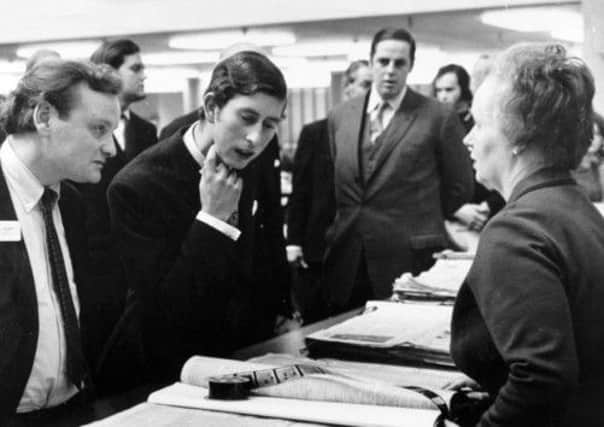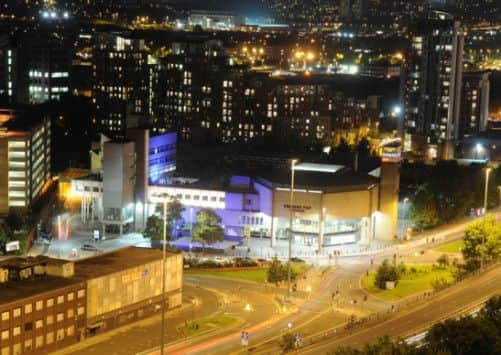End nears for landmark Press building


The five-storey premises, in Wellington Street, went up for sale last year when most workers moved to new offices at nearby Number 1 Leeds, in Whitehall Road.
The iconic brutalist building has been the home of the now Johnston Press-owned Yorkshire Post and Yorkshire Evening Post for 42 years.
Advertisement
Hide AdAdvertisement
Hide AdTheir huge joint newsroom was often referred to as the “bunker” as it was surrounded by grey concrete with no windows.


The official “Determination for demolition of former Yorkshire Post newspaper print works and offices” was submitted to Leeds City Council on September 5.
Helen Oldham, managing director of Johnston Press Yorkshire, confirmed an application to demolish the existing structures on site has been submitted.
Paul Fox of Fox Lloyd Jones, the agent handling the sale, said the application had been submitted to protect and encourage ongoing discussions.
Advertisement
Hide AdAdvertisement
Hide AdHe added: “The site has attracted wide ranging interest for a multitude of uses and we are hopeful of being able to conclude a sale shortly.”
Opened in 1970 by Prince Charles, when it housed more than 1,300 staff, the building was designed from 1968-1970 by John Madin, who was the architect of a number of significant buildings in the 1960s, including BBC Pebble Mill studios in Birmingham.
Mr Madin said: “When we started designing the building in the mid 1960s materials were actually still difficult to get hold of and expensive because the construction industry was suffering after the war years. Concrete was inexpensive and easy to use.”
English Heritage said in February the building would not be listed owing to the tight integration of the architecture with the building’s use for printing, and the loss of that use diminished “its ability to demonstrate its original function” and had “impacted on the integrity of the building”.